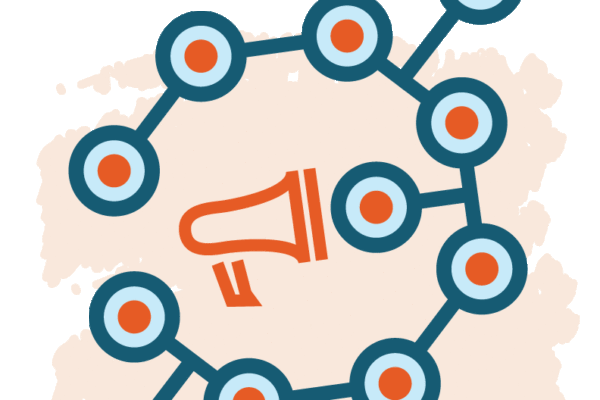Marketing to students can be tricky. Student events need to truly engage students, offer long-standing benefits and enhance overall campus life. In addition, events provide a wealth of data that marketers can use to further optimize both current events and future promotions. It’s a win-win situation for everyone involved. So how do you fully optimize event marketing?
Understand the value of events

According to Constant Contact, nearly 60 percent of marketers across industries consider events to be an integral part of their marketing strategy — educational marketers should be no different, and use events to drive their student retention strategy. Events are ideal to support a student body — they’re social, informative and a great way for students to express school spirit and build relationships.
Event accessibility is an important aspect to an event success. Interactive, online event calendars are a simple, and important, way to make any type of event easy to find and attend. In a 2016 study by the Higher Education Research Institute at UCLA, nearly 57 percent of first-year students said they occasionally or frequently felt isolated from campus life. Implementing an easy-to-function event calendar is a great way to break through the online noise and get your students participating with their peers and their campus. But how do you maximize event attendance and success once you’ve decided to host them?
Your online event calendar can actually support these goals in a number of ways. From featuring trending or relevant events to emailing attendees with reminders about upcoming events and integrating with social media sites like Facebook, use your event calendar to increase awareness of events and then remind attendees that they want to participate.
Ensure the success of your event
Ensuring the success of your event breaks down into two buzzwords: event KPIs (key performance indicators) and increasing event ROI (return on investment).
For starters, you’ll have to define what success means to you for an event. Since every event is unique, you should pick goals and objectives that matter to you and your team. From attendance to PR metrics, engagement and more, every stage of your event planning should be focused on achieving the metrics that are most relevant to your team’s needs.
Once your goals are established, you’ll want to work on increasing your event’s ROI. There’s a simple way to do this: either decrease your overall event costs or increase the performance of the event itself. Implementing these, however, is easier said than done. Here are some methods to decrease costs and increase performance:
- Use data to optimize marketing promotion: One surefire way to increase ROI is by relying on data from past events to optimize your current marketing promotion. Optimize your current event promotion by analyzing data from past events and implementing key learnings. Done properly, this can both increase your event attendance and lower costs of the event, two home runs when boosting ROI. First identify the timeline of student registration for previous events. Did registration increase in tandem with speaker announcements or coverage in the campus newspaper? Focus on what’s worked in the past and perfect that. You can also review the number of people who registered for your past events and didn’t attend. Even though you didn’t see those students, this is valuable information that may indicate you need to send a calendar reminder leading up to the event date.
- Secure sponsorships: You don’t have to go it alone. When it comes to hosting events, consider partnering with student groups or residence life to sponsor your event. The partnership will gain their groups increased exposure and lower costs for your team, thereby increasing ROI for the event as a whole. As an added bonus, partnering with groups across campus may help drive attendance from demographics you may not typically engage. By widening your audience and sphere of influence, you’ll both lower costs and boost attendance. Now that’s a win-win situation!
- Use technology to collect data at your event: Still need to optimize your events? Don’t be afraid to turn to tech. Event technology like Near Field Communications (NFCs) and iBeacons can be used to collect real-time data at events. Using these tools, you can see what your students interact with and where they lingered, judging the success of different outreach methods without waiting for an event post-mortem. Combine this with social listening for real-time feedback, and address issues while an event is still happening, or use crowd shaping to further optimize an already popular event.
The bottom line
By relying on data to interpret the performance of your event, optimize future promotions and more, you’ll be able to host an event that’s great for your goals and great for your students, and that’s a higher education marketer’s dream scenario. Good luck!
Krystal Putman-Garcia serves as vice president of marketing for Localist, an event marketing technology company that offers interactive calendars that help companies publish, manage and promote events. She is responsible for Localist’s marketing and partnership efforts, to ultimately help businesses make the most out of their events.

